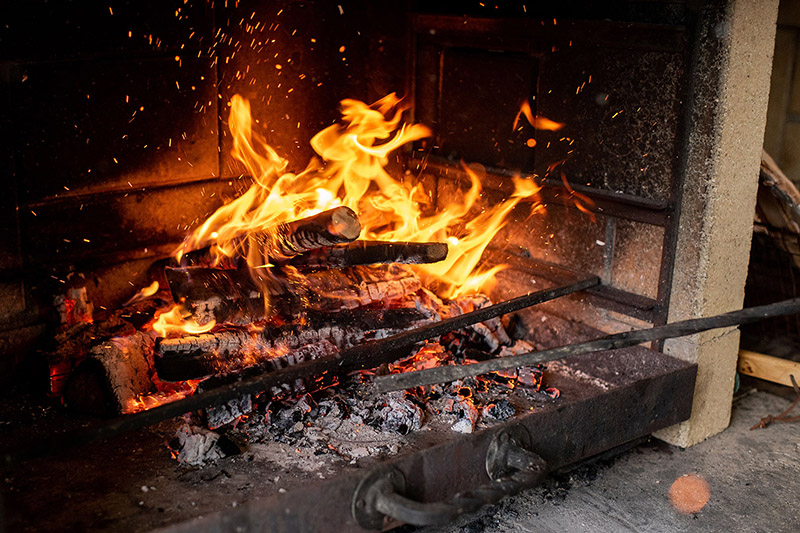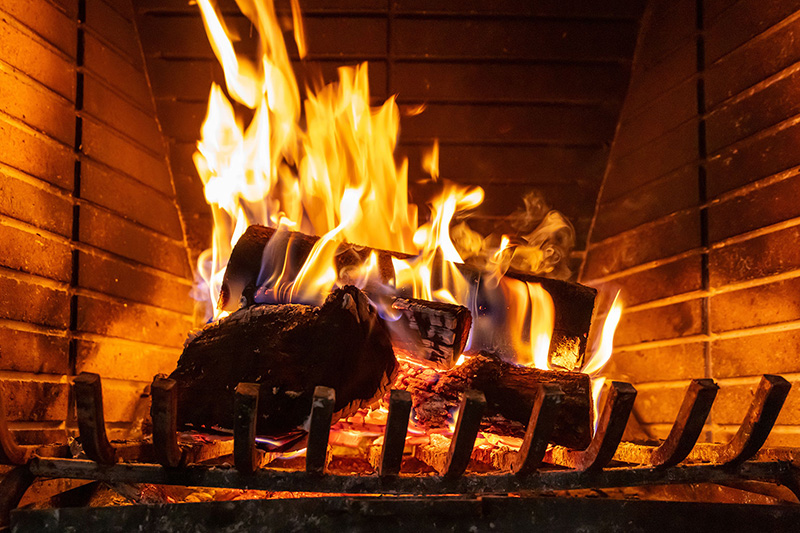Are Gas Fire Pits Usable During Washington State Burn Bans?
Washington State occasionally imposes burn bans to mitigate air pollution and reduce the risk of wildfires. During these periods, residents often wonder about the use of gas fire pits. Keep reading to learn more about these bans, what they actually restrict, and how to stay safe when using outdoor fireplaces and fire pits.
Looking to enhance your outdoor living space with a stylish and functional fireplace or grill? Look no further than Fireside Home Solutions! Our selection of outdoor fireplaces and outdoor living grills offers the perfect solution for creating a cozy and inviting atmosphere in your backyard or patio.
Visit one of our showrooms or explore our website to discover our full range of outdoor products. Our knowledgeable staff is ready to assist you in finding the ideal outdoor fireplace or grill to suit your needs and preferences. Transform your outdoor space into a haven for relaxation and entertainment with Fireside Home Solutions today!
Types of Outdoor Fire Pits Allowed in Washington State
Washington State regulations distinguish between different types of outdoor fire pits:
Gas fire pits have gained popularity for their convenience, cleanliness, and lower environmental impact compared to traditional wood-burning fire pits. However, it's essential to understand how these fire pits are affected by burn bans.
FAQs About the Use of Outdoor and Gas Fire Pits During Burn Bans in Washington
Additional Information:
The burn ban typically applies to "natural gas" only, affecting new construction projects rather than existing homes with gas meters.
Remember, gas fire pits offer a convenient and environmentally friendly alternative to traditional wood-burning fire pits. By understanding and following local regulations, you can continue to enjoy your outdoor space responsibly, even during burn bans. If you're considering installing a gas fire pit or have questions about its usage, don't hesitate to reach out to Fireside Home Solutions for expert advice and assistance.








